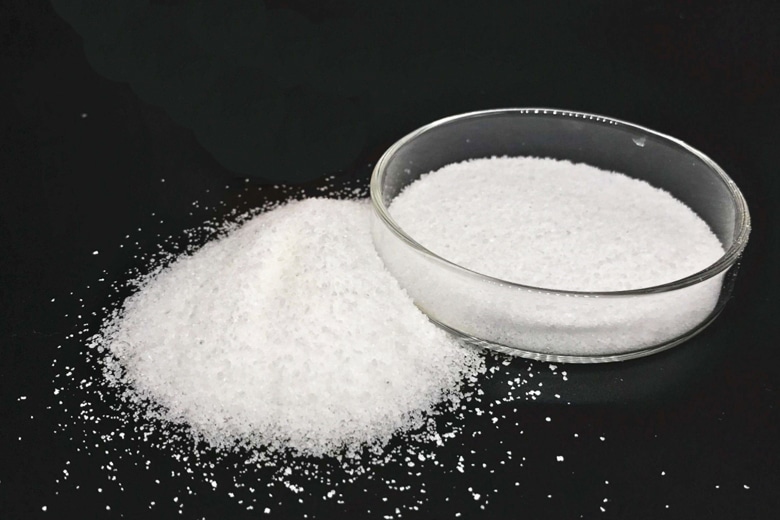Flocculant In Water Treatment

What is flocculation water treatment?
Flocculation and coagulation in the water treatment process enables suspended particles in water to form larger clumps or flocs for removal. It is often used in stormwater treatment, wastewater treatment and drinking water purification.
Removal of suspended solids is one of the treatment requirements for wastewater treatment plants. This is because small solid particles can affect the color of the water and carry impurities into our natural water sources, such as rivers and oceans.
How does flocculation work in water treatment?
Flocculation is based on a chemical process. Chemicals are added to the wastewater in a sequential manner and allow tiny solid particles to clump together to form larger clumps called flocculants.
Stage 1
The suspended solid particles in the wastewater are negatively charged. In the first stage of flocculation, coagulants such as aluminum sulfate are added to the wastewater. The positively charged coagulant molecules neutralize the negatively charged solid particles suspended in the water. Neutralizing these particles paves the way for them to flocculate together to form larger agglomerates.
Stage 2
The wastewater must be stirred with an agitator mixer. Initially, high-energy mixing is required to ensure that the coagulant is dispersed throughout the water. As flocculation proceeds, the mixing energy is reduced to prevent large numbers of particles from separating again.
Stage 3
Once flocs begin to form, polymer chemicals are added to the wastewater. The polymer connects the flocculant from the micro flocculant to the macro flocculant, which means that the mass of particles that are gathered together become larger. The chemical also binds the collected material together so that it does not break down easily even when the water is stirred slightly.
Stage 4
Once flocculation is complete, large solids can be removed from the wastewater stream. This can be accomplished by settling the floc at the point where it drops to the bottom for removal, or by using a filter to capture the floc in the filter material. Care must be taken when cleaning the filter to ensure that phosphorus-rich flocs are contained and disposed of.
Types of flocculants
Flocculants can be generally divided into two categories: inorganic flocculants and organic flocculants according to their chemical composition. Inorganic flocculants include inorganic flocculants and inorganic polymer flocculants. organic flocculants include synthetic organic polymer flocculants, natural organic polymer flocculants and microbial flocculants.
Inorganic flocculants
- Aluminum sulfate
- Aluminum chloride
- Ferric sulfate
- Ferric chloride
Organic polymer flocculants
- Polyacrylamide
- Styrene sulfonate
- Lignosulfonate
- Acrylic acid
- Methacrylic acid
How to choose the right flocculant?
The selection of the most suitable flocculant can be based on several factors:
- Type of suspended particles: Different flocculants are effective on different types of particles, so it is important to determine the composition of the particles to be treated.
- pH: The pH of the water or wastewater will affect the effectiveness of the flocculant, so it is important to determine the pH before selecting a flocculant.
- Dosage: The amount of flocculant required depends on the concentration of suspended particles and the degree of clarification required. Laboratory tests should be performed.
- Compatibility with other chemicals: If other chemicals are used in the water or wastewater treatment process, it is important to select a flocculant that is compatible with these chemicals to avoid any negative effects.
- Cost: The cost of the flocculant is an important consideration, especially for large scale operations.
- Environmental impact: Consider the environmental impact of the flocculant, including any potential toxicity and biodegradability.
Wastewater solutions from HAOSH
HAOSH offers a variety of solutions to the wastewater industry to help keep wastewater within specifications:
Chemical dosing, especially pH dosing, is a common method for wastewater treatment. Regulations require treated wastewater to be in the neutral pH range when released into the environment.
Our dosing system can be set to online or recirculate configuration. Either alkaline or acid doses can be used to correct for low or high pH, respectively. But dual systems can also be installed where pH fluctuates, going from basic to acidic at different times, and vice versa.
Disinfection is the process of killing the remaining bacteria in the wastewater stream. HAOSH solenoid dosing pumps are particularly suitable for automatic chlorination to achieve high levels of disinfection, such as drinking water and swimming pools.
HAOSH specializes in dosing metering equipment and solutions for wastewater treatment. Contact us for equipment quotes or solutions.
